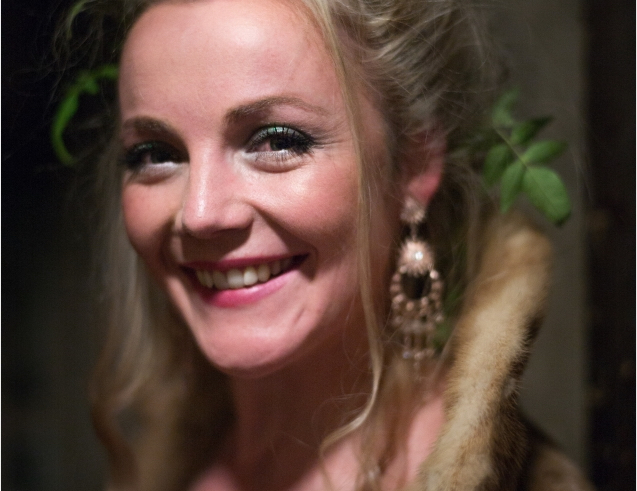Mike Smith discusses the new WNO Magic Flute with director Daisy Evans. The production opens at Wales Millennium Centre on March 5 and runs until March 18 before touring.
MS: Without giving away too much for audiences, can you say in what ways the production gives Flute a modern twist?
DE: This Flute isn’t set in the modern times – in fact, it’s a total fantasy land dreamed up by me and the designers. What gives it its modernism is the inspiration behind this land: computer games, contemporary dystopia narratives and pop art. It’s a very contemporary design that feels ‘of now’ and reflects what we’re seeing across all entertainment forms.
MS: Are there libretto changes / updatings etc.
DE: The libretto, which whilst it is very close and almost word-for-word translation, has been done with a contemporary vernacular in mind. I’ve de-gendered most of it, so people are not referred to as ‘young girl / boy’, rather ‘young one / person’. This subtly shifts the way the piece comes across, and is yet another way to help Magic Flute shed its misogynistic tendencies.
All mention of specifics is also gone – leaving out racism and Freemasonry – not palatable to a young, fresh audience to whom I’m trying to prove opera is fun, entertaining and thought-provoking. Instead, I’ve positioned the Queen of the Night and Sarastro as warring monarchs of two contrasting realms: the Night and the Day. The Nighttime represents fantasy, freedom of thought and dreaming, whereas the Daytime stands for reason, logic and learning. I have left it open to the audience to read into the symbolism of these realms, wherein the Mozartian morals around race, gender and political leaning still exist under the surface – if you want to see them.
Ultimately, this libretto aims to renovate and restore the virtuosic joy of the Magic Flute as I believe it was intended. Moving and emotional, but accessible to all ages, and open to any person from any background.
MS: Are you taking a different approach to the characterizations?
DE: As with any opera I direct, I will always try and find the tensions within the characters to make them relevant and reflective of their audience. My Flute characters are, at their core, rooted in what Mozart has given us through his wonderful music. I have sought to represent them all equally and as deeply as I can.
Pamina, often portrayed as a white-nightie-wearing heroine, is here a powerful action princess, eager to make her stamp on the world and take control of her own destiny. It was most important to me to empower her on stage, as the central female role. She’s the most admirable person on our stage – her morals are clear from the start, and she’s the character who supports all the others.
MS: In what ways do you think a modern twist enhances the work?
I think a piece as joyful and magical as Flute deserves to be renovated: like any old master that’s grown dull over the years, it needs a few lines straightening and colours heightening to it can be appreciated by a modern eye. I’ve absolutely not changed any intention, musical note, or rhyme scheme Mozart and Schikaneder intended, I’ve just tweaked the setting so it can entertain a modern audience with a totally new cultural context within which to grasp the work.
DE: . Do you think the production is aimed as much at people familiar with the work as newcomers to it?
Absolutely. I would challenge anyone who wants to see a totally faithful Magic Flute – the German contains some shocking racism and gender politics that simply aren’t accepted today. I’ve taken a route which allows us to enjoy the fun and the illusion of the piece without awkward corners that jolt us out of reality.
MS: How does this production build on your previous work?
I’ve created several re-imaginings now, notably Vixen for Silent Opera, Don Pasquale for Welsh National Opera and most recently an award winning Bluebeard for Theatre of Sound. Each time I’ve deeply listened and analysed the original texts and music to create deeply considered dramaturgical re-writes. Nothing in my work is done on a whim, or beans it’s ‘cool’ or ‘modern’. Everything considers the audience, how they feel and experience the piece, and ultimately hopes to move them over the course of the opera.
This Flute is the latest in a series of exciting re-writes, and one I hope that will delight and move its audiences.
MS: Can you tell me something about the creative team’s approach to the work (the “vibrant sets and costumes”)?
As I mentioned in question 1: the design is inspired by pop culture – so video game pastels and neons, Hunger Games style armour for Pamina and vivid bird puppets for Papageno. It’s a visual feast that uses a modern eye as it’s lens to create fantasy palaces of the Day and Night.
